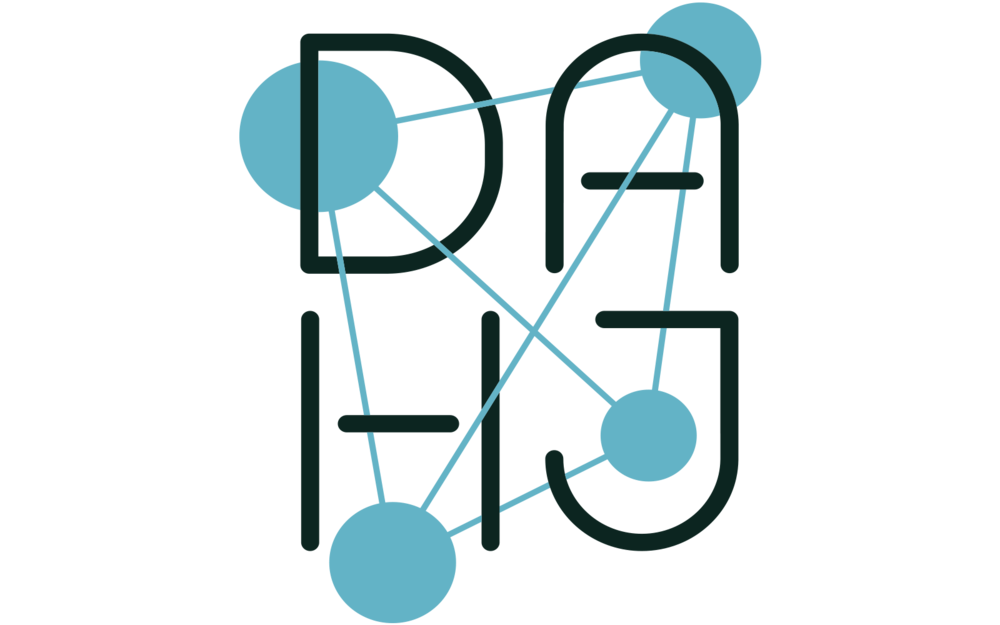Selections from Abstraction Studies, November 2022
AI-generated images, digital data (Midjourney)
George Legrady began his career as a documentary photographer in Montreal, where he emigrated with his family from Hungary at an early age. The artist became interested in the semiotics of photography after studying at the San Francisco Art Institute in the 1970s, which soon translated to an interest in digital technologies. In the early 1980s, Legrady was introduced to the pioneering artist Harold Cohen (1928-2016), who developed the program AARON between 1972 and 2010 to autonomously create artworks, and gained access to his studio equipment to experiment with language programming. Legrady’s own practice has a long history of intersections with artificial intelligence technologies, particularly those that bridge photographic and other new media techniques. Abstraction Studies is a series of generated images that are based on Legrady’s photographic imagery. The series questions how technology itself imposes meaning onto its subject, creating a stylistic “randomness” that eventually begins to form patterns. Though the images appear abstract at first glance, photographic remnants break through the designs and expose the deep seated relationship between artificial intelligence imagery and photography.
Artist Bio
George Legrady is a multi-disciplinary media artist, academic and scholar with projects realized in photographic media, interactive digital media installations, and computationally generated visualizations. He is considered a pioneer in the field of computational arts for intersecting photographic imaging with cultural content, and critical analysis with data processing as a means of exploring the creating new forms of aesthetic representations and socio-cultural narrative experiences.
Legrady is Distinguished Professor of Interactive Visual/Spatial Arts and director of the Experimental Visualization Lab in the Media Arts & Technology Ph.D. program at the University of California, Santa Barbara, an interdisciplinary arts and engineering program in both the College of Engineering and the College of Humanities & Fine Arts. His work is represented in the Whitney Museum of American Art, San Francisco Museum of Modern Art, Los Angeles County Museum of Art, National Gallery of Canada, musée d’art contemporain in Montreal, 21c Museum, Cincinnati, Santa Barbara Museum of Art, the Smithsonian Museum of American Art, and public art commissions for the Los Angeles Metro Rail (Santa Monica/Vermont Station, 2007) and the Seattle Public Library designed by OMA (Rem Koolhaas), a data visualization work in operation since September 2005.
George Legrady on the subconsciousness of AI, the relationship between AI tools and artists, and how a machine understands visual data:
“At this time, we don’t yet know how AI makes decisions, but the fundamental nature of AI is that it performs based on a model created by a training set which has been compiled either by humans, or else through repeated training as in Reinforcement Learning.
So I asked ChatGPT to know what it thought about how it functions, it let me know that AI systems are based on algorithms and mathematical models that process data and make decisions based on patterns and statistical correlations. While AI models can simulate what we may consider as intelligence, they lack the self-awareness, introspection and subconscious thinking associated with human cognition.”
“I am presenting a series titled “Abstraction Studies” which as the title suggests are abstract compositional images. The images were created by iteratively generating new variations from 2, or 3 image prompts and no text in MidJourney version 3, and these realized around October 25, 2022. Two of the image prompts are abstract, and one is photographic.
The images I have in the exhibition are complex, they are coherent in their visual organization, and convey a sense that a human may have been part of the design process. What is of interest is that the source images do not have the compositional coherence of the final selected images even though checking in the “haveIbeentrained.com” website the source image does bring up a broad selection of abstract textures but these mostly feature textures without the complex composition.
So the coherence is achieved through iteratively running the software, each time selecting a result that slightly pushes the aesthetic configuration closer to an outcome acceptable to my sense of aesthetic expectations. This parallels the Generative Adversarial Network process that is actually used by the image synthesis software, where an image generator creates an image based on a training set, and a discriminator / evaluator accepts or rejects it until an acceptable result is achieved. The process is repeated through iterative refinement which allows for degrees of change and evolution and through mutation, new forms are realized.”
“The digital image is a 2-dimensional grid of pixels, with each pixel having a numeric value that defines its hue, color saturation, and brightness. It is essentially a sequence of numbers that can be analyzed mathematically using image processing filters to extrude information such as identifying forms that may be in the image. The sequence of numbers can be manipulated mathematically, for instance, combining multiple forms to result in images that do not exist in the world. As the computer is a calculating machine, there is no real understanding the way a human understands. There is only mathematical processes that involves statistical analysis, and data comparison.”

